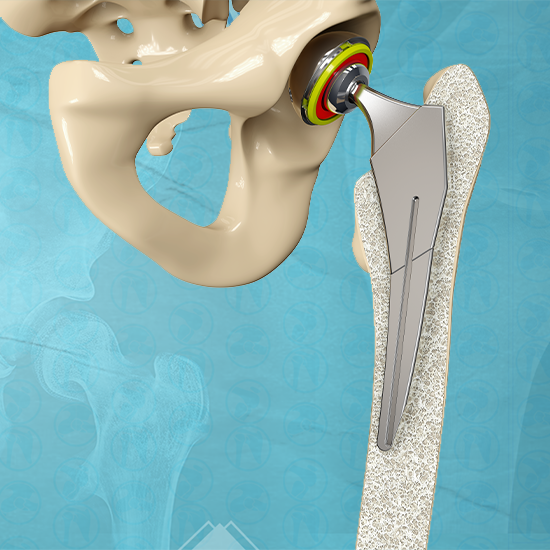What is Hip Arthroscopy?
Hip arthroscopy is a minimally invasive procedure, also known as keyhole surgery, that uses a camera to visualize the inside of the hip joint. During the procedure, the surgeon makes 2-3 small incisions, each about 1 cm wide, through which the camera and surgical instruments are inserted.
This specialized technique is far less invasive than traditional open surgery and requires significant expertise and specialized training to perform effectively.

Conditions Treated by Hip Arthroscopy
Hip arthroscopy is particularly effective in diagnosing and treating a variety of hip joint conditions, including:
- Hip Impingement (Femoroacetabular Impingement – FAI):
FAI affects up to 25% of people and occurs when the ball (femoral head) or socket (acetabulum) of the hip joint is abnormally shaped. This can lead to friction, pain, stiffness, and eventually arthritis. FAI is a leading cause of hip arthritis. - Labral Tears:
The labrum is a special cartilage lining the rim of the acetabulum, helping to seal and stabilize the hip joint. Labral tears are commonly associated with hip impingement and hip dysplasia. - Cartilage Damage:
Damaged cartilage can be cleaned, removed, or treated with microfracture techniques to encourage new cartilage growth, relieving pain and improving joint function. - Ligamentum Teres Tears:
The ligamentum teres is a cord-like structure connecting the femoral head to the acetabulum. Tears in this ligament can be cleaned, tightened using radiofrequency ablation, and treated with cortisone to reduce inflammation and pain. - Hip Synovial disease: such as Chondromatosis, and PVNS. Chondromatosis is a condition where the lining of the hip forms many small balls of cartilage which causes problems and destroys the joint. PVNS is an inflammation (sometimes considered as a benign tumor) of the lining of the joint, that gradually erodes the joint.
How Hip Arthroscopy is Performed
During hip arthroscopy, the surgeon inserts an arthroscope (camera) through one of the small incisions, while surgical instruments are inserted through the others. This allows the surgeon to view the inside of the hip joint on a monitor and treat the affected areas with precision.


After Hip Arthroscopy
Post-surgery recovery typically involves a period of rest and rehabilitation. Patients may need to use crutches or other supports initially and engage in physical therapy to regain strength and mobility. Recovery times vary based on the specific procedure and the individual’s overall health.
Risks and Complications of Total Hip Replacement
As with any major surgical procedure, there are certain potential risks and complications involved with total hip replacement surgery. The possible complications after total hip replacement may include:
- Infection
- Dislocation
- Fracture of the femur or pelvis
- Injury to nerves or blood vessels
- Formation of blood clots in the leg veins
- Leg length inequality
- Wearing out of the hip prosthesis
- Failure to relieve pain
- Scar formation
- Pressure sores
Postoperative Care following Total Hip Replacement
After undergoing total hip replacement, you must take special care to prevent the new joint from dislocating and ensure proper healing. Some of the common precautions to be taken include:
- Avoid the combined movement of bending your hip and turning your foot inwards
- Keep a pillow between your legs while sleeping for 6 weeks
- Never cross your legs and bend your hips past a right angle (90)
- Avoid sitting on a low chair
- Avoid bending down to pick up things; instead, a grabber can be used to do so
- Use an elevated toilet seat

